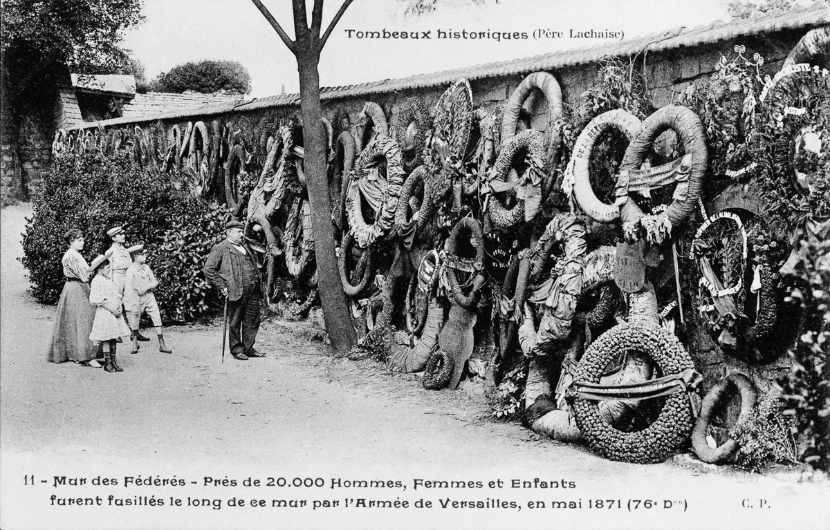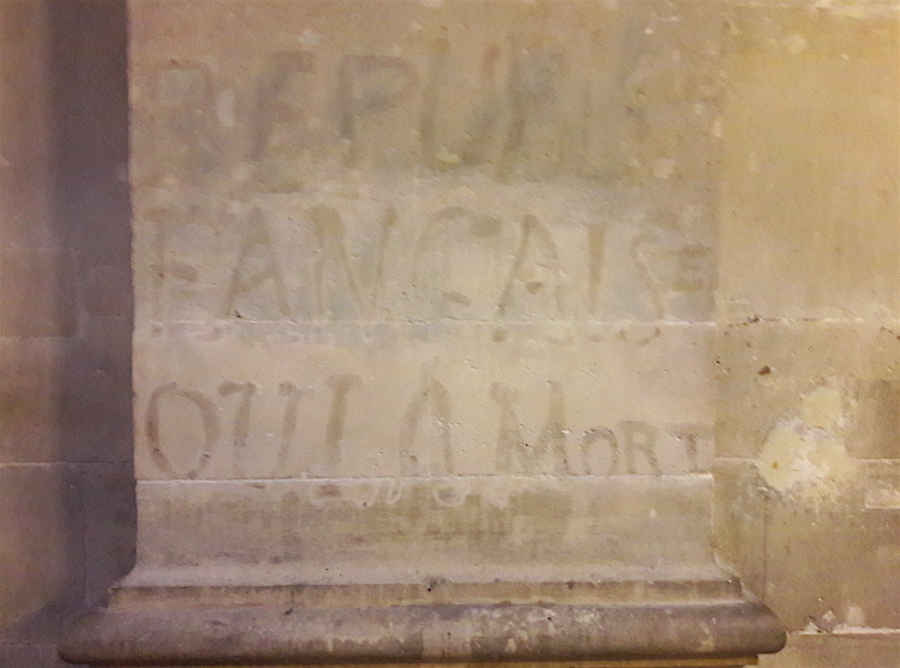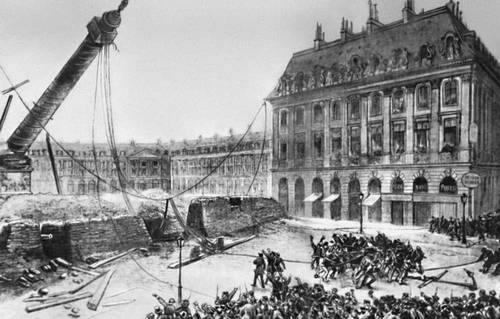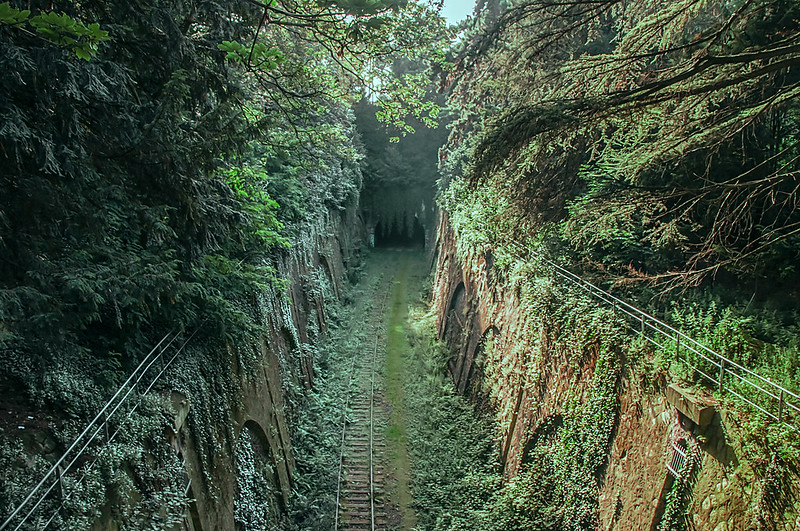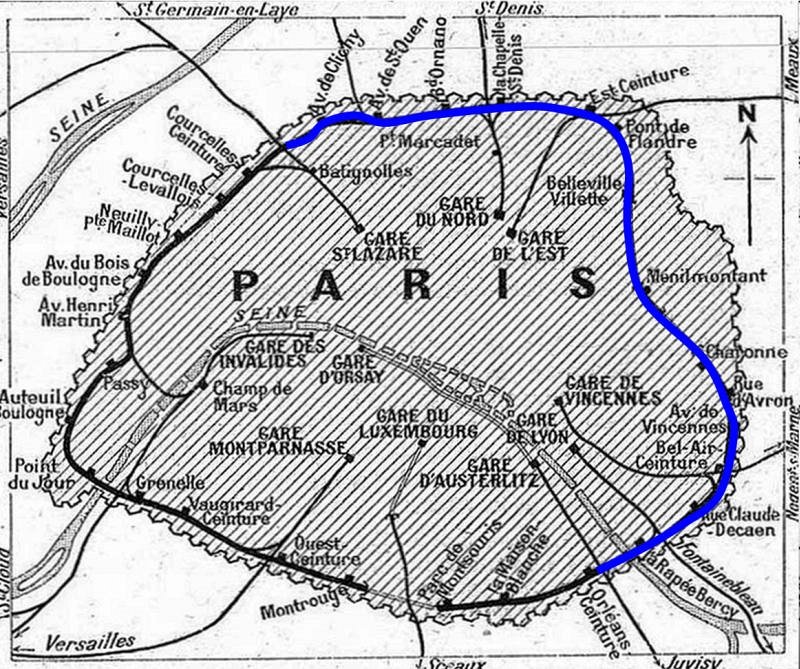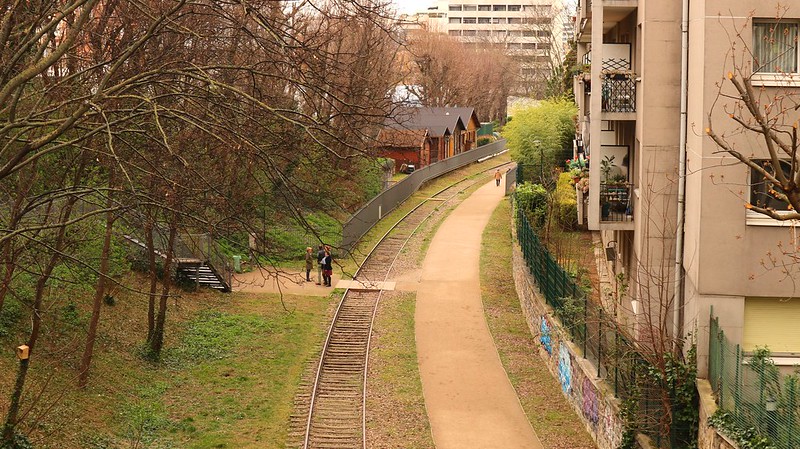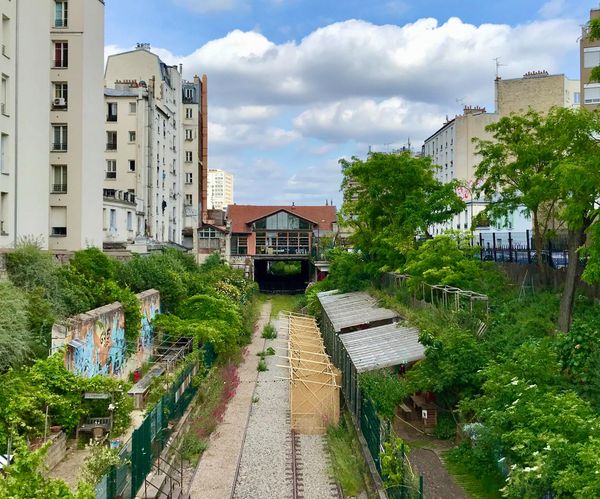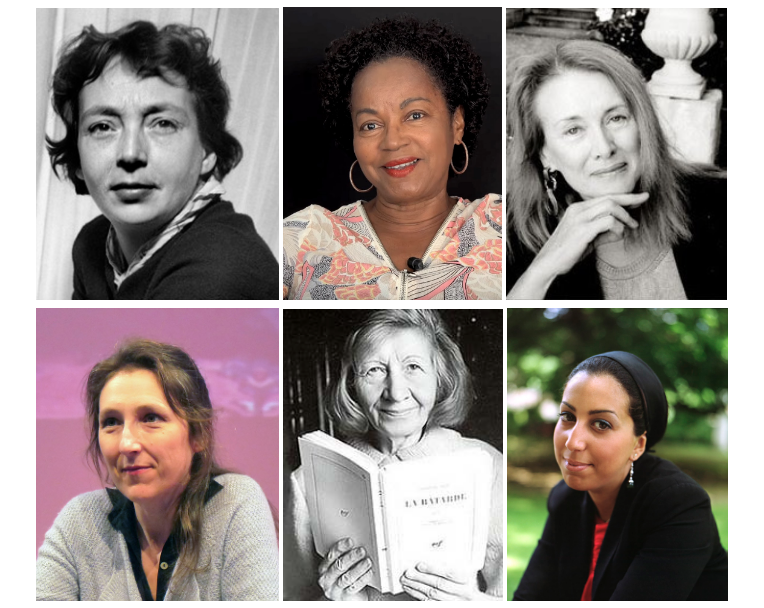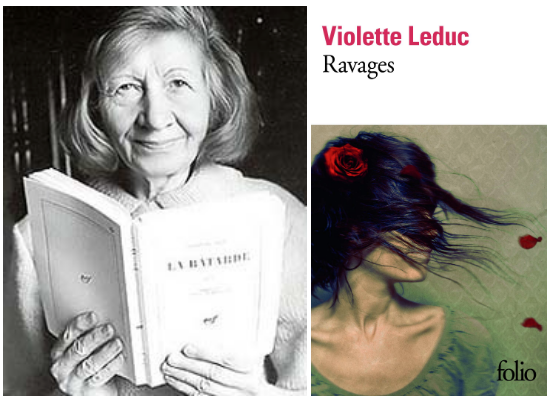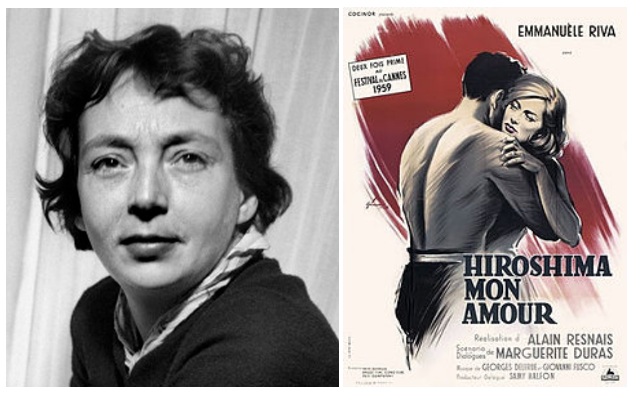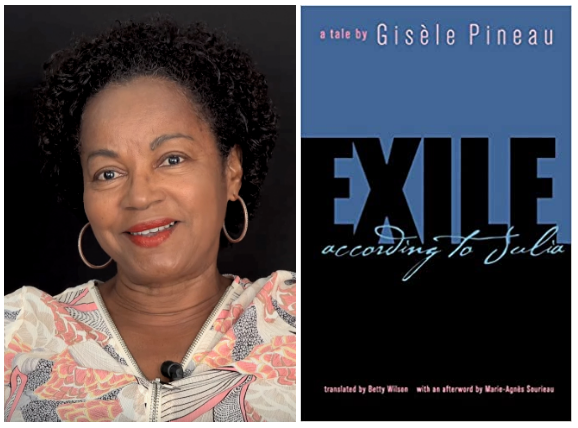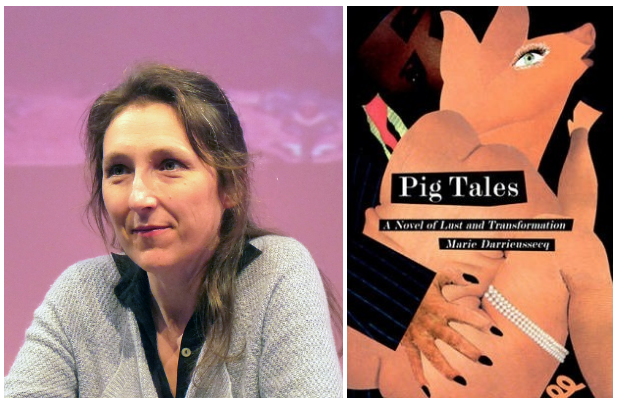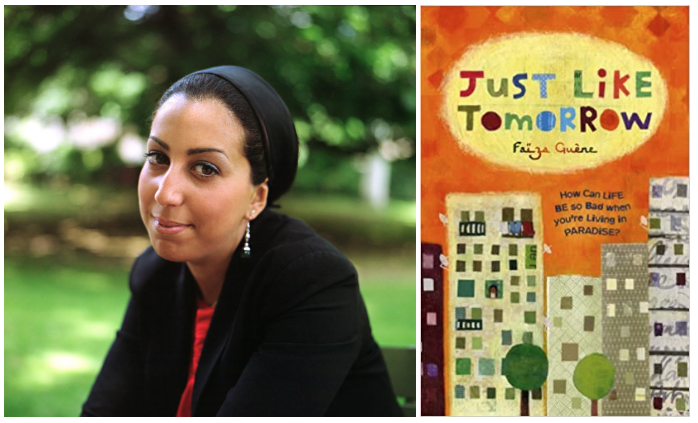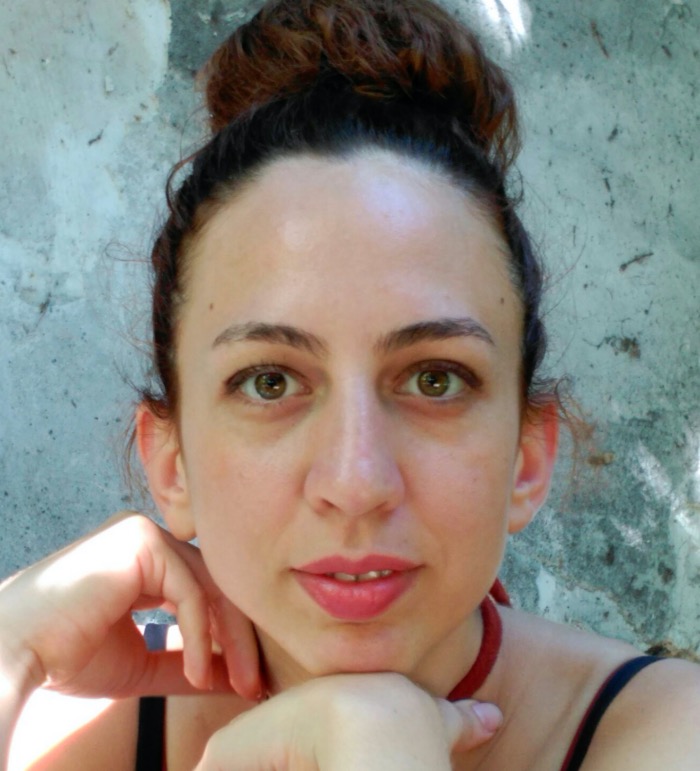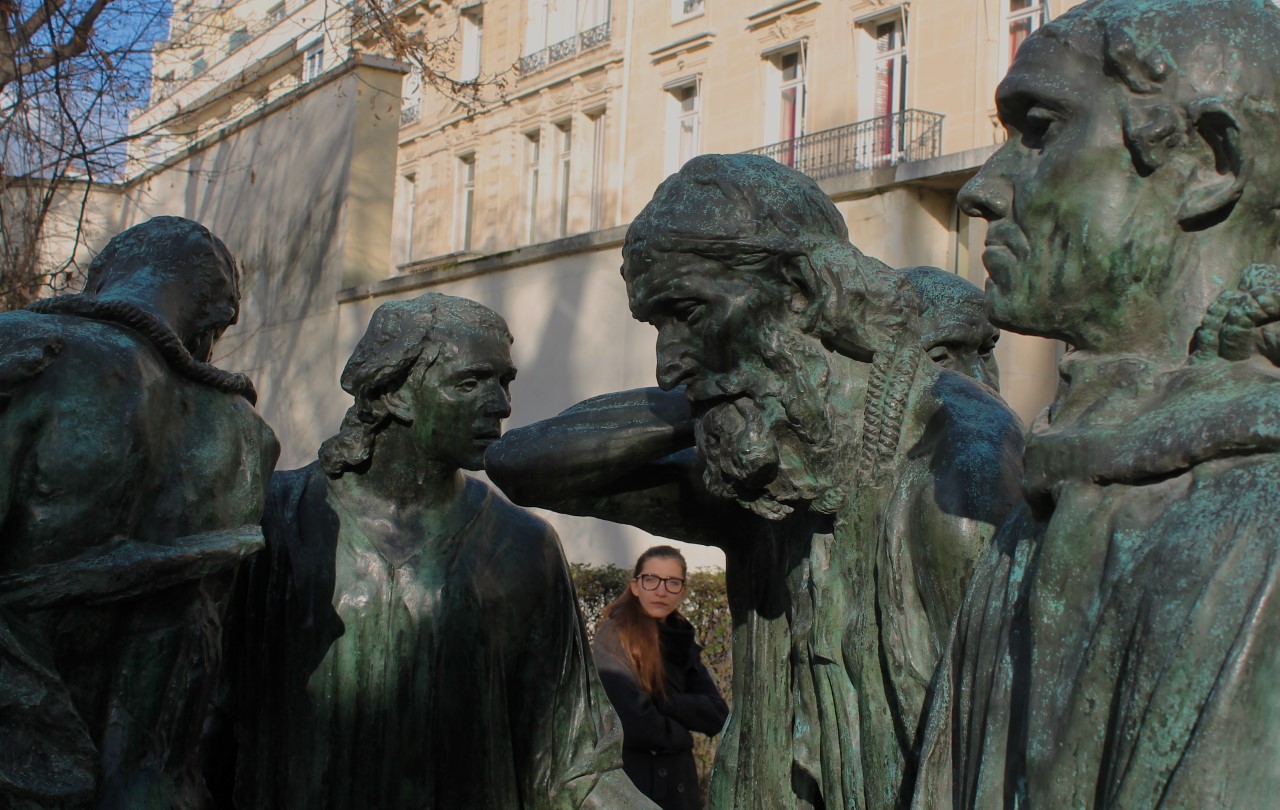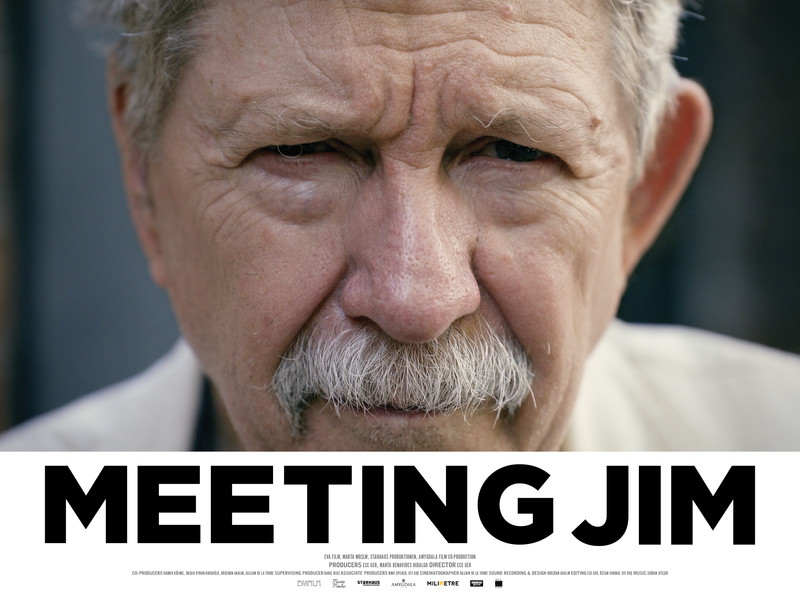The date of 18 March marked the 150th anniversary of the Commune de Paris, a two and a half month long insurrection which occurred in 1871, the last of France’s almost century of revolutions. It was sparked due to the instability which arose in the wake of the French defeat during the Franco-Prussian war and led to a power between the socialist “Communards” and the Republican Gard. The bloody episode in French history involved intense fighting in the streets of Paris and other deadly events. There are various sites around Paris which still bear witness to the Paris Commune. Below are some of the more relevant or visually evocative examples of these.
Plaza in front of Sacré-Coeur
The government’s attempt to remove the canons, placed in front of Sacré-Coeur to defend the city during the Franco-Prussian war, was a key factor in the outbreak of the insurrection on 18 March 1871 (see above photo). There were further canons in Menilmontant, Place des Vosges and other venues around the city.
Square Louise Michel
Although this small square at the bottom of Sacré-Coeur was created in the wake of the defeat of the Paris Commune, in 2004 it was renamed after Louise Michel. A school teacher in Montmartre, she became one of the best known figures of the Paris Commune.
Le mur des Fédérés – Cimetière du Père-Lachaise
There is a memorial here on the spot where one-hundred and forty-seven fédérés, combatants of the Paris Commune, were shot at the foot of the wall and thrown into an open grave at the end of the revolt on 28 May 1871.
Villa des Otages (85 rue Haxo, 75020)
A café-concert at this address had been converted into a command post. On 26 May 1871, 52 hostages from the La Roquette prison, including 34 gendarmes and 11 Jesuits, were taken here and executed. There is a commemorative plaque labeled “villa des otages” on the outside of the building and a memorial is dedicated to them at the nearby Belleville cemetery.
Église Saint-Paul-Saint-Louis
Few people know that this beautiful Baroque church in the Marais contains an interesting piece of Commune graffiti. Look for the second pillar on the right when entering the church and you can see the faint words “République française ou la mort” (French Republic or death) which were not able to be completely removed.
Hotel de Ville
The Communards set many buildings on fire during the rebellion. Some of these were so badly damaged that they were not rebuilt, like the Tuileries Palace and a palace which stood on the site where the Musée was later built. L’Hotel de Ville, Paris’s City Hall, was among the structures damaged yet restored.
Colonne Vendome
A group of Communards, led by painter Gustave Courbet, torn down and badly damaged the column erected by Napoleon Bonaparte in the early 1800s. The artist was later forced to pay for it to be rebuilt, which led to his bankruptcy and exile to Switzerland.
You can learn more about the revolt in this recent article on the BBC or in the academic publications on the Digital Libraries site. As it is quite complex you can also get a better grasp of it via this useful Paris Commune timeline.

